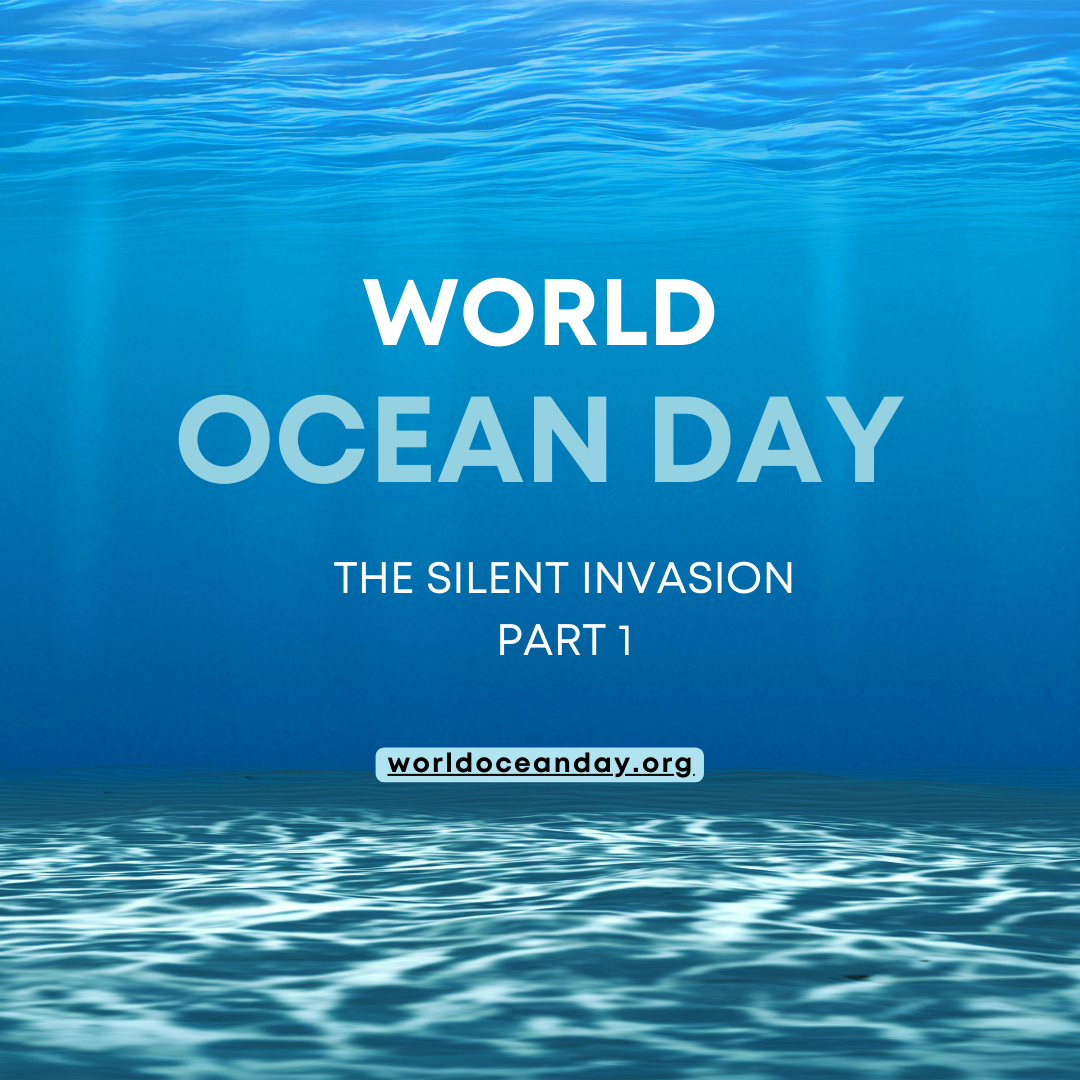
The Silent Invasion Part 1: How Plastic Finds Its Way into the Oceans
Share
The world's oceans are vast, beautiful, and teeming with life. However, beneath their serene surfaces, a growing crisis is unfolding—the invasion of plastic. As society has become increasingly dependent on this versatile material, our failure to manage it effectively has led to a staggering amount of plastic pollution finding its way into the ocean. In this post we will explore the various pathways through which plastic enters the ocean and shed light on the urgency of addressing this pressing environmental issue.
Mismanaged Waste
One of the primary culprits responsible for plastic pollution in our oceans is mismanaged waste. Improper disposal practices, inadequate waste management infrastructure, and littering contribute significantly to this problem. Plastics discarded on land, including single-use items like bottles, bags, and food packaging, often end up in waterways that eventually flow into the ocean.
Stormwater Runoff
When it rains, stormwater washes through streets and other urban areas, picking up and carrying plastic debris along with it. This runoff, loaded with plastic waste from roads, sidewalks, and other sources, eventually makes its way into rivers, streams, and ultimately the ocean. This pathway can transport large quantities of plastic over great distances.
Plastic in Rivers
Rivers act as conduits for plastic pollution, particularly in densely populated areas. Plastic waste that is improperly disposed of or discarded near riverbanks can easily be carried downstream, accumulating along the riverbed or being flushed into the ocean. Major rivers like the Ganges, Yangtze, and Nile are significant contributors to the plastic pollution crisis due to their proximity to highly populated regions.
Industrial Processes
Industrial activities, including manufacturing, packaging, and shipping, play a role in introducing plastic into the ocean. Plastic pellets, known as nurdles, are tiny plastic beads used as raw materials in plastic production. Accidental spills during transportation or mishandling at manufacturing sites can lead to these nurdles entering rivers and eventually the ocean, where they pose a significant threat to marine life.
Fishing and Aquaculture
The fishing industry, essential for sustaining livelihoods and feeding communities, also contributes to plastic pollution. Discarded or lost fishing gear, such as nets, lines, and traps, commonly referred to as ghost gear, can entangle marine animals and cause injuries or death. Additionally, aquaculture operations that use plastic-based infrastructure, such as cages and nets, can result in the inadvertent release of plastic waste into the ocean.
Beach Tourism
Coastal tourism is a significant economic driver in many regions. Unfortunately, the surge in tourist activities can contribute to plastic pollution. Beachgoers often leave behind plastic items, such as food containers, beverage bottles, and sunscreen bottles, which can be carried away by tides and end up in the ocean. Similarly, recreational activities like boating and water sports can result in accidental littering or loss of personal items.
The widespread contamination of our oceans with plastic is a multifaceted problem that requires immediate attention. Addressing plastic pollution necessitates concerted efforts from individuals, communities, governments, and industries. Solutions include improving waste management infrastructure, promoting recycling and circular economy models, implementing stricter regulations on plastic production and use, and raising awareness about the environmental consequences of plastic pollution. By taking collective action, we can combat the silent invasion of plastic and safeguard the future of our oceans and the countless species that call them home.
